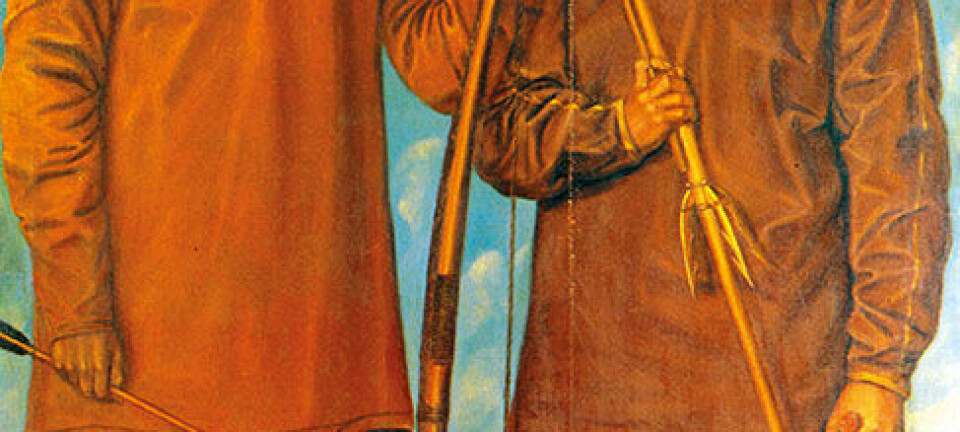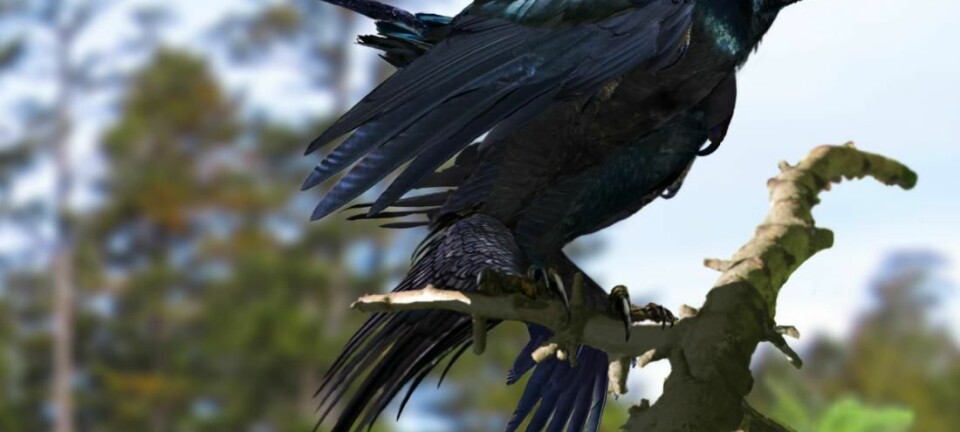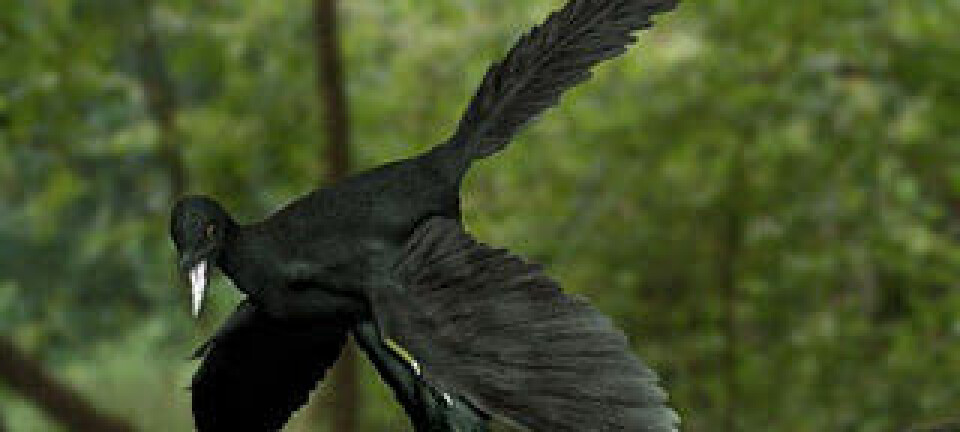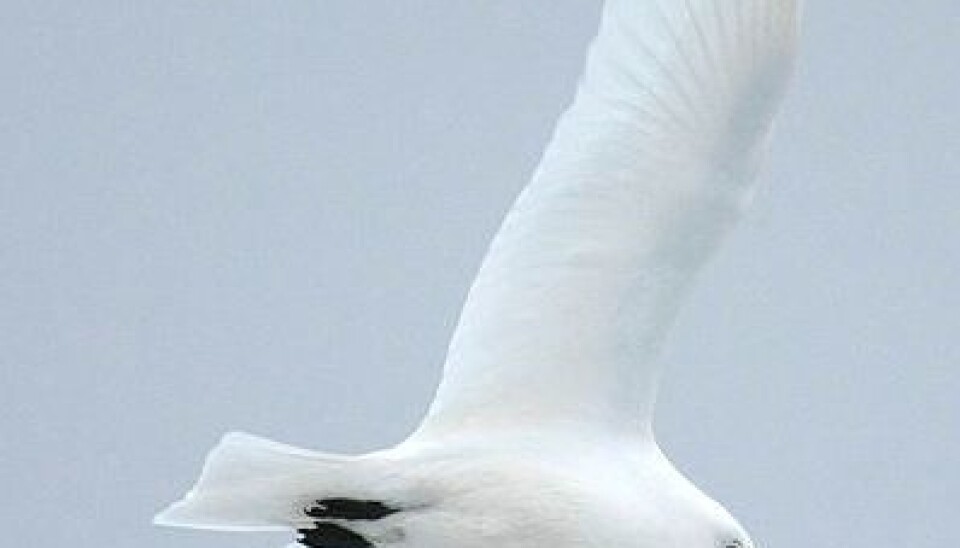
Ivory gulls threatened by eggshell thinning
High levels of environmental contaminants are linked with thinner eggshells in the ivory gull, a red-listed high Arctic seabird. Scientists are concerned that pollutants and the stress from global warming could cause populations to plummet.
Denne artikkelen er over ti år gammel og kan inneholde utdatert informasjon.
The ivory gull (Pagophila eburnea) is a high Arctic seabird that lives year-round in an icy habitat. There are only about 8,000 −11,500 breeding pairs, and populations of this red-listed species have declined significantly in the last 20 years.
Norwegian and Russian scientists have found that the gull’s eggs are now 17 percent thinner than in samples collected before 1930, according to the December issue of the Norwegian University of Science and Technology (NTNU)’s magazine, Gemini.
The researchers' findings have recently been published in the academic journal Science of the Total Environment.
The ivory gull studies were conducted by the Norwegian Polar Institute in collaboration with NTNU and Russian research groups.
Double threat
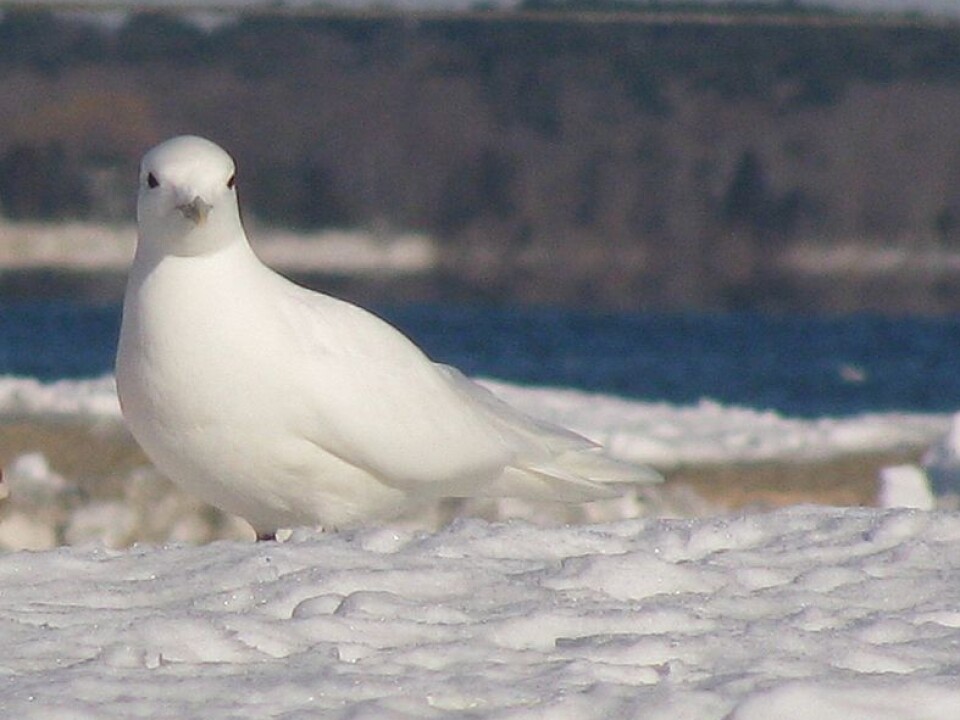
“This is very alarming - pollution isn’t the only hazard facing this species," says Cecilie Miljeteig, a PhD candidate at NTNU’s Department of Biology. "It is also dependent on the ice, so global warming is another threat.”.
The researchers studied ivory gull egg samples from Svalbard and Northwest Russia.
The same team of scientists has previously found that these gulls’ eggs have the highest registered concentrations of the environmental toxins PCB and DDT among all Arctic seabirds.
The study revealed a clear correlation between eggshell thinning and levels of such contaminants.
80 percent decline
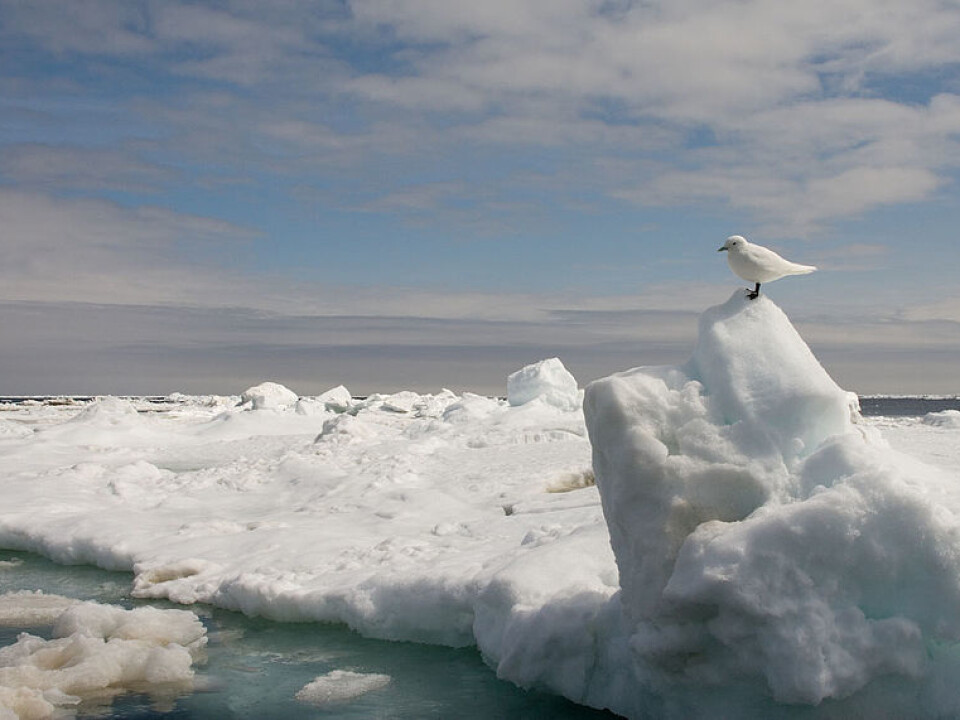
“The thickness of eggshells is an indicator of the health of the species,” says Miljeteig.
“The immediate problem isn’t that the egg breaks, but rather that the species’ survivability is undermined,” she says.
Studies of birds of prey have shown that a certain thinning of eggshells ties in with population drops.
The species nests in remote and inaccessible Arctic sites, so little information is available about earlier population sizes. In recent years population counts have been made in flyovers by aircraft.
The researchers have to rely on population numbers from abroad, because they lack historic population assessments from Norway. And they are afraid that Norwegian ivory gulls will suffer the same devastation as in Canada, where the population of the species plummeted by 80 percent in just 30 years.
Surprised by the high levels
Both DDT and PCB were targeted in global bans and phase-outs by the Stockholm Convention in 2001, although DDT was first banned by many industrial countries as early as the 1970s.
But years later these persistent toxins continue to pose a problem for Arctic species like the ivory gull.
Winds and ocean currents carry the pollutants northwards to the Arctic where they accumulate, because these compounds don’t decompose easily.
The ivory gull feeds near the top of the food chain, so it accumulates high amounts of contaminants that have been concentrated in stages through the food it eats.
“The concentration will decline, but it will take a long time. The Arctic is like a freezer that preserves environmental toxins as they are,” says Miljeteig.
“But we are surprised that the level of environmental toxins in ivory gulls is still so high,” she says.
You can see a collection of pictures from different field seasons here.
--------------------------
Read the Norwegian version of this article at forskning.no
Translated by: Glenn Ostling







